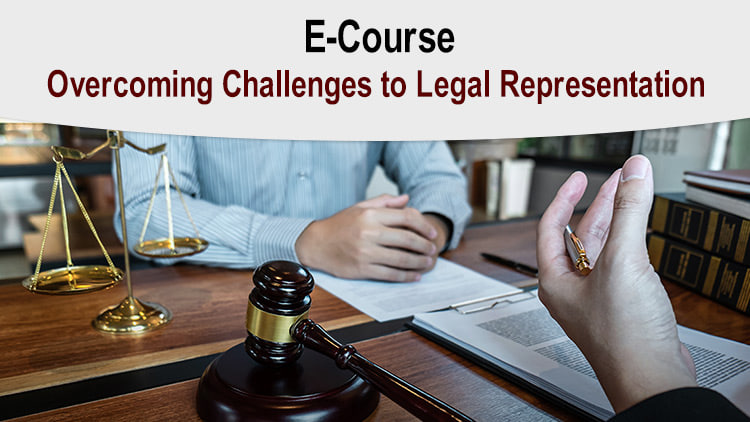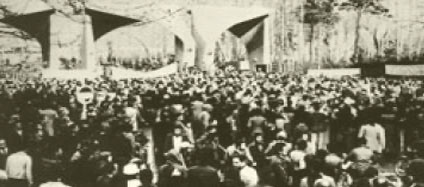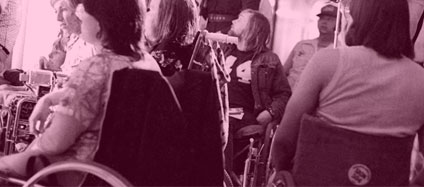This session focuses on the historical aspects of issue-based advocacy. Students learn how to distinguish between what constitutes advocacy and what does not. Next, the students learn about the significance of issue-based advocacy during elections, as elections, even in the most repressive contexts, help to open up public space. As the students learn about the challenges and options available to advocacy groups during elections, they also learn about the strategies and tactics that advocacy groups may take towards the government, from passive neutrality or cooperation to outright opposition. Students also learn about potential “civic actions”, such as voter education, monitoring of election campaigns, and GOTV campaigns that can be taken during elections. Finally, students conduct a case study of Serbia’s 2000 election. In this case study, the students examine how advocacy groups assessed their position, planned, strategized, and took action during Serbia’s 2000 election.
This session introduces issue-based advocacy in four sections. The session opens through a few introductory...







